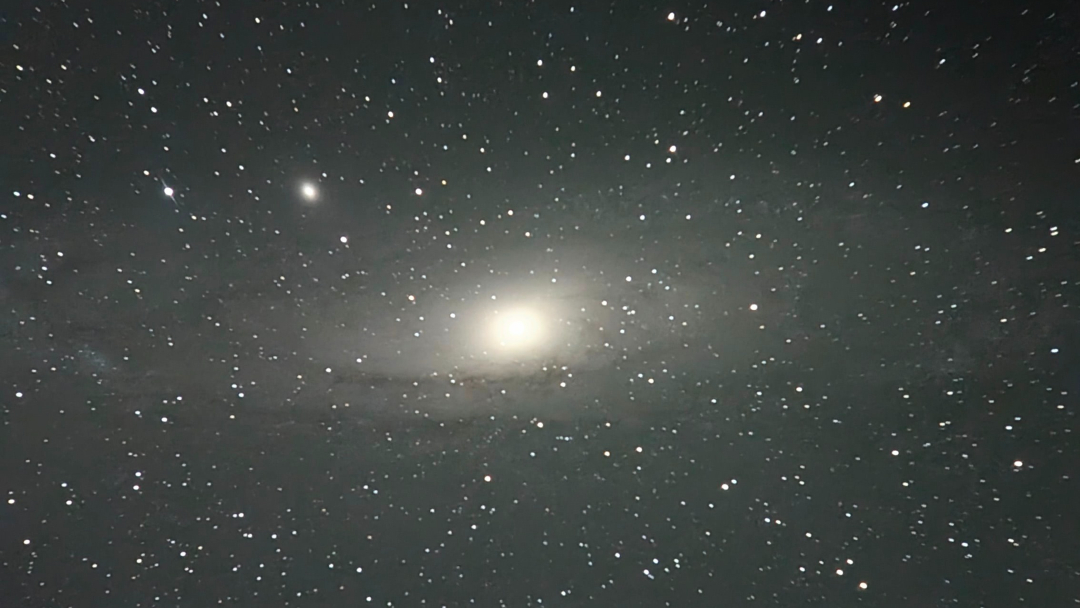Caroline Herschel Biography
The first woman to discover a comet, the first woman officially recognized in a scientific position, and the first woman to receive honorary membership into Britain's prestigious Royal Society, Caroline Herschel made a significant contribution to the field of astronomy. Let's take a look at the life of this amazing woman.
Her brother's keeper
Born in Germany as Karoline Lucretia Herschel on March 16, 1750, Herschel was one of the ten children of Anna Ilse Moritzen and Issak Herschel. The family was very musical, and her older brother, William, eventually moved to England to work as a music teacher and organist. At the age of 22, Caroline moved with him to train as a singer. She sang as a soprano in a number of performances.
In his mid-30s, William Herschel's interest in astronomy took off. Caroline worked as his assistant, helping him to polish mirrors while building his own telescope.
William discovered the planet Uranus in 1781, and was subsequently knighted and appointed court astronomer to King George III.
In 1783, William began a 20-year survey of the night sky, studying it section by section. Standing on a ladder at his telescope, he called his observations to Caroline, who recorded what he saw. Eventually, they compiled 2,500 new nebulae and star clusters into a list, which was eventually enlarged and renamed the "New General Catalogue." Many non-stellar objects are identified by their NGC number.
An astronomer in her own right
Breaking space news, the latest updates on rocket launches, skywatching events and more!
Caroline frequently used a small Newtonian sweeper to study the sky on her own. On Feb. 26, 1783, Caroline discovered an open cluster known today as NGC 2360. She went on to discover 14 new nebulae, including NGC 205, the companion to the Andromeda Galaxy.
On Aug. 1, 1786, Caroline identified an object traveling slowly through the night sky. She observed it again the next night and immediately alerted other astronomers by mail to announce her discovery and inform them of its path so that they could study it. Caroline had become the first woman to discover a comet.
Although Caroline had been helping her brother for years, her own skills as an astronomer were now recognized. In 1787, King George III officially employed her as William's assistant, providing her with a modest salary and making her the first woman paid for scientific services.
In 1788, her brother William married, freeing Caroline from many of the household duties. She turned her free time toward the sky, and went on to discover seven other comets over the next decade. She also cross-indexed the existing star catalog compiled by England's first "astronomer royal" John Flamsteed, submitting more than 550 stars that had not been included in the original version.
Following William's death in 1822, Caroline returned home to Germany and continued to work on their catalog of nebulae. She received the Gold Medal of the Royal Astronomical Society and received an honorary membership into the Royal Society.
Caroline Herschel died on Jan. 9, 1848. She penned the inscription on her tombstone, which reads, "The eyes of her who is glorified here below turned to the starry heavens."
Several of the comets she discovered bear her name, as does a lunar crater C. Herschel and the asteroid Lucretia.
— Nola Taylor Redd, SPACE.com Contributor
Further reading:
Join our Space Forums to keep talking space on the latest missions, night sky and more! And if you have a news tip, correction or comment, let us know at: community@space.com.

Nola Taylor Tillman is a contributing writer for Space.com. She loves all things space and astronomy-related, and always wants to learn more. She has a Bachelor's degree in English and Astrophysics from Agnes Scott College and served as an intern at Sky & Telescope magazine. She loves to speak to groups on astronomy-related subjects. She lives with her husband in Atlanta, Georgia. Follow her on Bluesky at @astrowriter.social.bluesky

